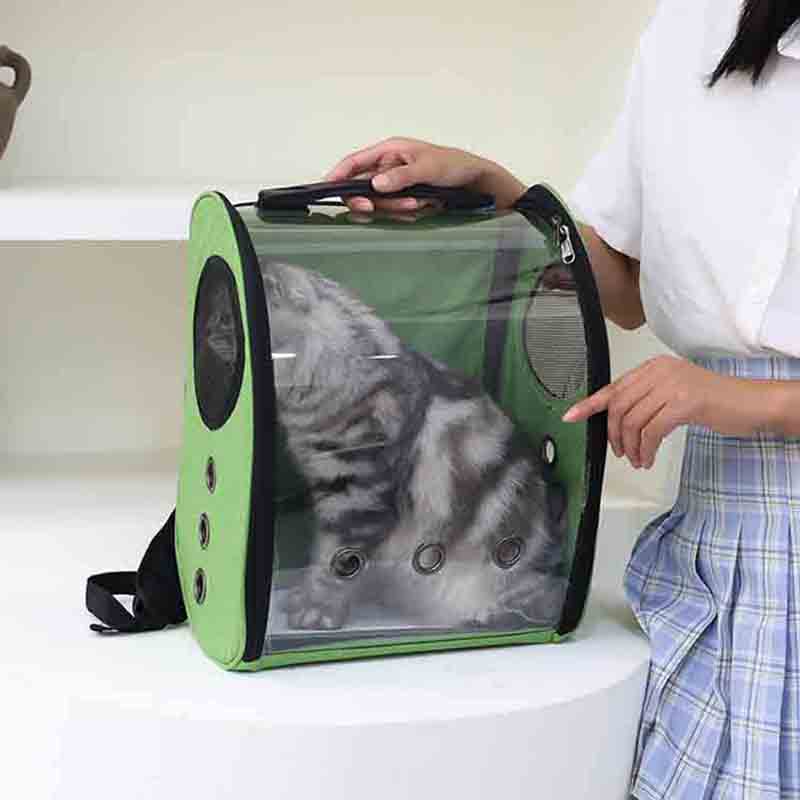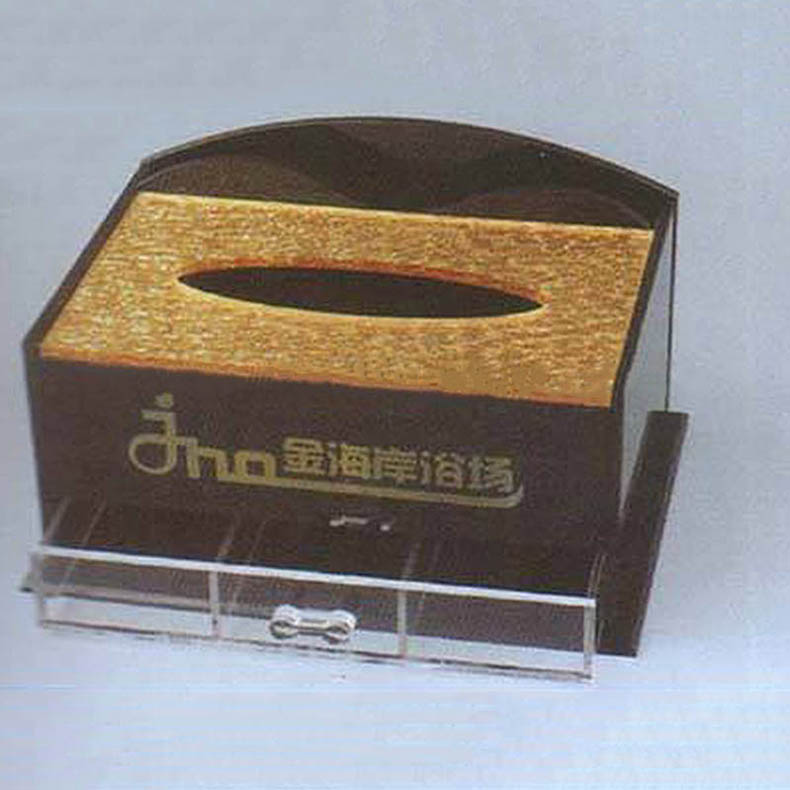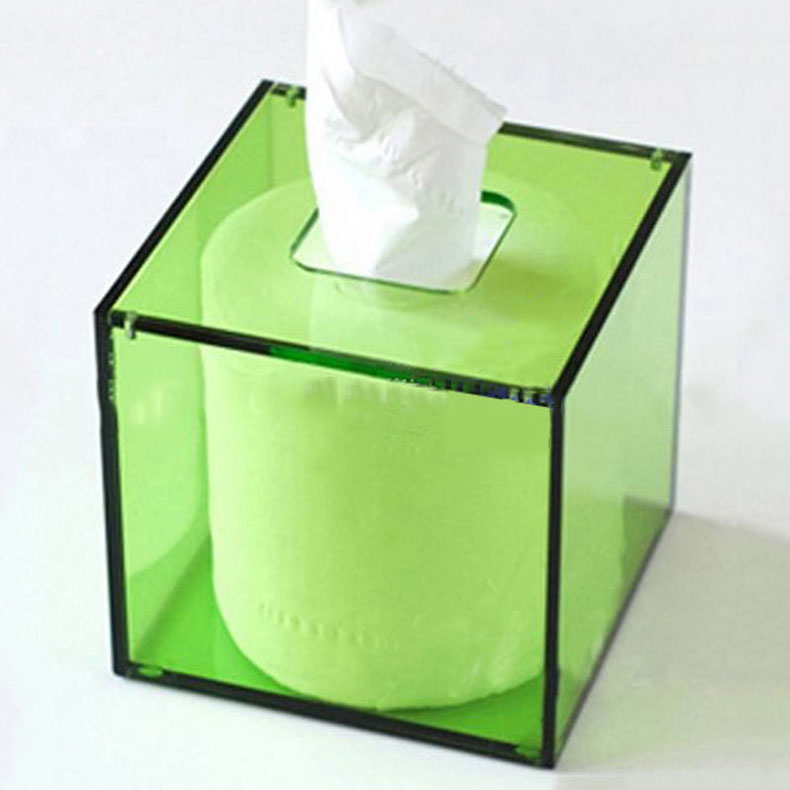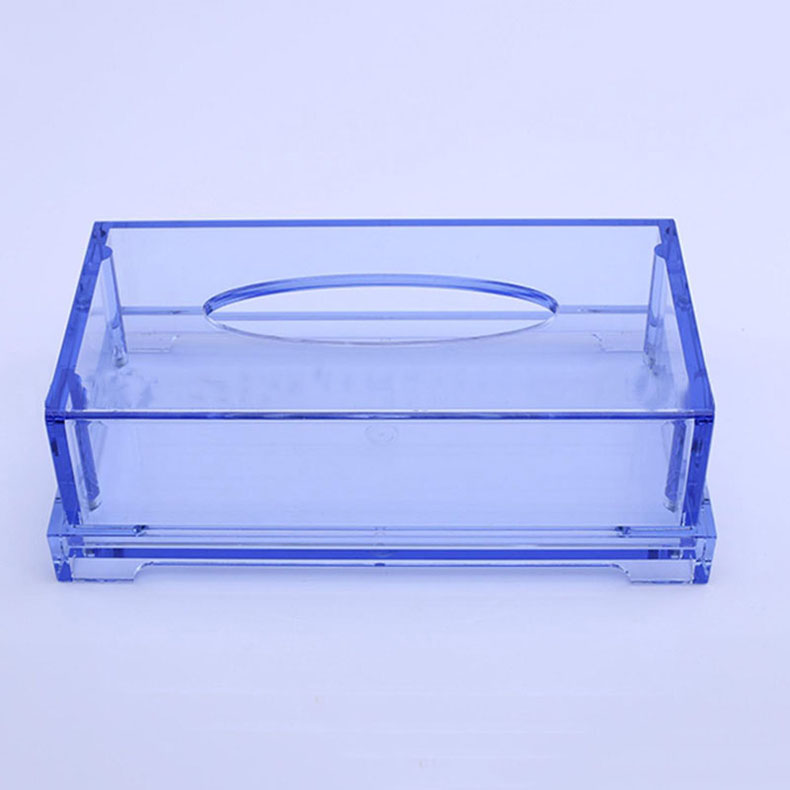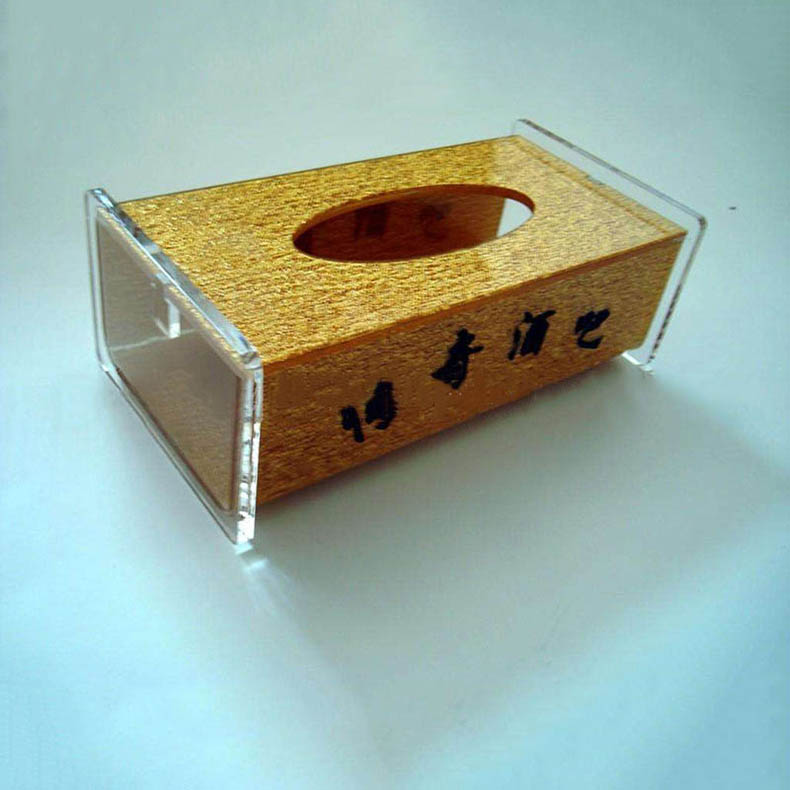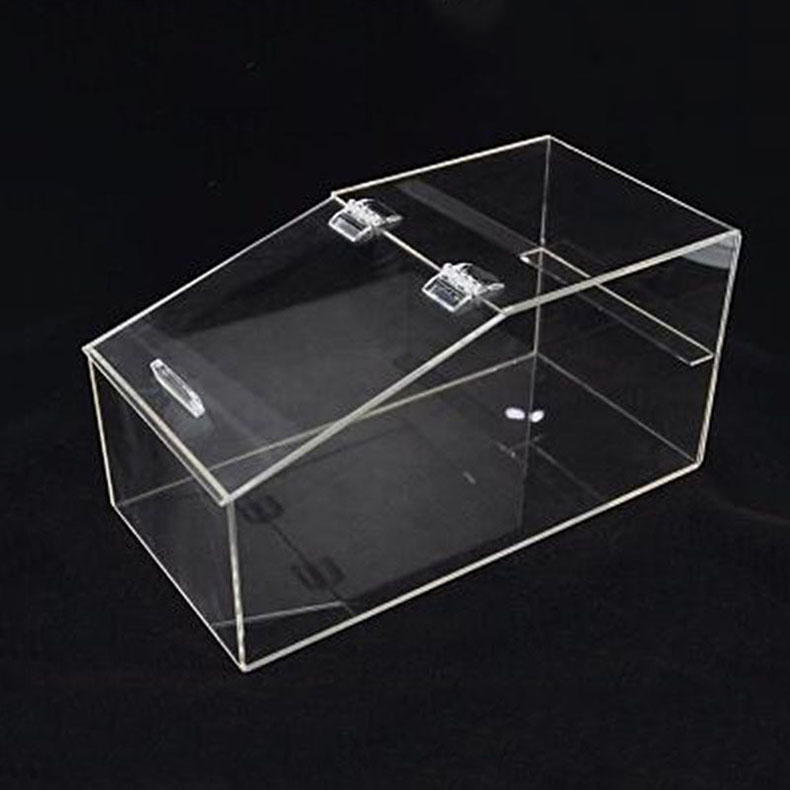Attaching a picture to an acrylic block is a fantastic way to create a custom piece of art or a personal keepsake. This process can be completed with relative ease and requires minimal materials. In this guide, we’ll walk through the steps involved in attaching a picture to an acrylic block, including the materials needed, preparation, application techniques, and tips for ensuring a flawless finish.
Materials Needed
Before getting started, gather the necessary materials:
Acrylic Block: Ensure it’s clear and undamaged. Choose a size that suits your picture.
Picture/Photo: Print your chosen image on high-quality photo paper. You may choose a standard size (4x6 inches, 5x7 inches, etc.) depending on the size of your acrylic block.
Adhesive: The most commonly used adhesives include:
Mod Podge
Clear-drying craft glue
Double-sided tape (if preferred)
Spray adhesive
Applicator: A brush (for liquid adhesive), or your fingers (for tape).
Scissors or a Paper Cutter: To trim the photo if necessary.
Clean Cloth: For cleaning the acrylic surface.
Ruler: For precision in aligning the picture.
Pencil or Pen: For marking any guiding measurements if necessary.
Step-by-Step Instructions
Step 1: Prepare the Acrylic Block
The first step in attaching a picture to an acrylic block is to thoroughly clean the surface of the block. Use a clean cloth to wipe away any dust, fingerprints, or smudges. This can be easily done with a mild soap solution or glass cleaner. Make sure not to leave any moisture on the surface; it should be completely dry before applying any adhesive.
Step 2: Prepare the Picture
While you can use a photo printed on regular printer paper, using high-quality photo paper ensures vibrant colors and sharp details. Cut your picture to the desired size, ensuring it fits well within the dimensions of your acrylic block. Leave a slight border around the image if you prefer a framed look within the block.
Step 3: Choose Your Adhesive
Now, it’s time to decide which adhesive to use. If you want a thick layer for a raised effect, consider using Mod Podge with a brush. For a more straightforward approach, double-sided tape can be incredibly effective and mess-free. If you prefer a spray adhesive, ensure you spray it in a well-ventilated area to avoid inhaling the fumes.
Step 4: Apply Adhesive to the Picture
Whichever adhesive you’ve chosen, carefully apply it to the back of your picture. If using Mod Podge:
Use a clean brush to spread a thin, even coat of the adhesive on the picture’s back. Ensure to cover the entire surface, especially the edges to prevent peeling.
If using double-sided tape:
Place strips of tape along the edges and in the center of the photo for a strong hold. Make sure the tape does not extend beyond the edges of the photo to avoid visible residue on the acrylic block.
Step 5: Position the Picture on the Acrylic Block
Gently align the photo with the acrylic block. Carefully place the photo face down onto the block, ensuring that it is centered. This step may require a bit of patience, as repositioning can be tricky once the adhesive makes contact.
Step 6: Secure the Picture
Once the picture is in place, gently press down on the photo to ensure a strong bond with the acrylic block. Smooth out any bubbles or wrinkles starting from the center and working your way outwards toward the edges. If using a liquid adhesive, ensure an even distribution while pressing down.
Step 7: Let It Dry
If you’ve used Mod Podge or any other liquid adhesive, allow it to dry for the specified time — usually around 15-20 minutes before moving on. For spray adhesive, follow the manufacturer’s instructions regarding drying time. Make sure that the picture is undisturbed during this drying period to avoid any shifting.
Step 8: Finishing Touches
Once your adhesive has dried, check the edges of your picture. If any edges are lifting, you can either apply additional adhesive underneath the lifted section or cover the entire front of your picture with a thin layer of Mod Podge for added protection and a glossy finish after it dries.
Tips for a Flawless Finish
Use the Right Paper: Utilizing high-quality photo paper will significantly impact the final product’s appearance.
Avoid Bubbles: When applying the picture, take your time to smooth out air bubbles, as they can ruin the overall look of your project.
Protect Your Work: Consider applying a thin layer of Mod Podge over the entire surface once applied to keep everything secure and to add a protective layer.
Experiment with Sizes: Don’t hesitate to play around with different sizes of pictures and acrylic blocks, which can lead to beautiful variations in your projects.
Conclusion
Attaching a picture to an acrylic block is a simple yet rewarding craft project that allows you to showcase your favorite memories in a beautiful, modern way. Whether for personal use, as a gift, or for decorative purposes, following these steps will help ensure that you achieve a polished and professional-looking result. So go ahead, gather your materials, and start creating a stunning display that captures your cherished moments in a captivating way!


